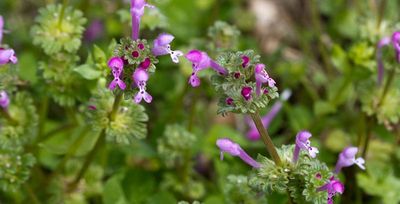
January 10, 2026
Winter Weeds in Tulsa, Oklahoma
There’s nothing more frustrating than seeing bright green weeds pop up in an otherwise dormant, brown winter lawn. These weeds stand out immediately, disrupt the look of a clean property, and can even trigger early mowing—no one wants that in winter.
If you’re spotting weeds in your Tulsa lawn…

December 23, 2025
Help Your Trees Thrive This Winter With Deep Root Fertilization
Your trees and shrubs aren’t just beautiful; they’re a significant and long-term investment in your property. But winter’s cold and dry conditions can stress them, leaving them vulnerable to slow growth, nutrient loss, and weak spring performance. The good news? Deep root fertilization gives…
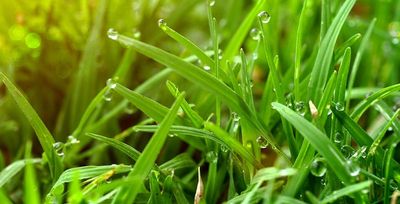
December 9, 2025
How Lime Treatments Will Improve Your Oklahoma Lawn
Keeping up with your lawn in Tulsa is usually pretty straightforward—you can tell when it’s time to mow, when a bare spot needs patching, or when the yard could use fertilizer. But there’s one lawn care step most homeowners in Green Country simply don’t know about: lime treatments.
If your…
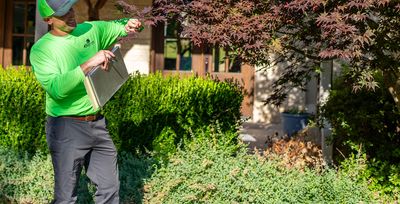
December 1, 2025
Why Deep Root Injections Are the Secret to Healthier Trees in Tulsa
Yellowing leaves, thinning canopies, or slow recovery after heat? Learn how deep root injections restore tree health and why Tulsa homeowners trust Nutri-Green.
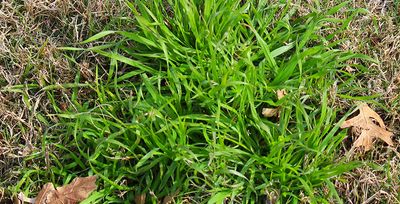
November 28, 2025
Why Pre-Emergent Weed Control Matters Right Now in Tulsa & Eastern Oklahoma
Pre-emergent weed control is one of the most effective ways to protect Tulsa and Eastern Oklahoma lawns before spring growth begins. This blog explains how pre-emergent treatments work, why timing matters in our region, which common weeds they stop, and the long-term benefits for your turf. Learn…

November 19, 2025
Designing Outdoor Spaces for Year-Round Enjoyment
Turn your Tulsa backyard into a year-round outdoor oasis with durable materials, heating, shade, and Nutri-Green’s professional lawn care.

November 5, 2025
Why Are There Small Mounds of Dirt in My Yard After Rain?
If you've ever noticed small dirt mounds in your yard after a rainstorm, you may be wondering what causes them. These mysterious mounds can be caused by a variety of factors, including earthworms, moles, mole crickets, and gophers.

October 15, 2025
Christmas Light Decorating Safety Tips
‘Tis the season to decorate your home with sparkling lights and inflatable yard ornaments. Decrease your risk of injury with the Consumer Product Safety Commission’s (CPSC) Christmas Ladder Safety Tips for the season:

October 3, 2025
Why It's Never Too Early to Think About Christmas
Avoid the holiday rush! Schedule your custom Christmas light installation early with Nutri-Green’s Hook and Ladder team. Spots fill up fast in Tulsa.

September 19, 2025
How to Protect Your Grass While Setting Up Halloween Decorations
From inflatables to trick-or-treaters, Halloween is tough on Tulsa lawns. Protect your grass with these easy seasonal tips!
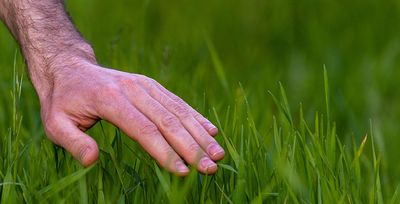
September 2, 2025
Give Your Tulsa Lawn New Life with Fall Overseeding
Is your lawn looking thin after a tough Oklahoma summer? Fall overseeding is the perfect way to thicken turf, crowd out weeds, and bring your lawn back to life. Nutri-Green makes the process easy with premium seed, aeration, and expert care—so your Tulsa lawn stays green, strong, and healthy…
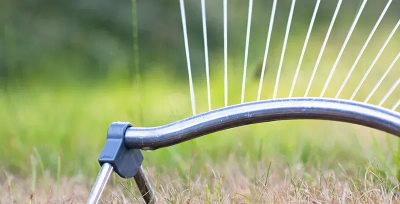
August 18, 2025
Why Tulsa Lawns Struggle in August (And How to Help Yours Bounce Back)
Between heat, drought, and foot traffic, August is tough on Tulsa lawns. Learn what your grass needs right now to stay healthy and bounce back.









